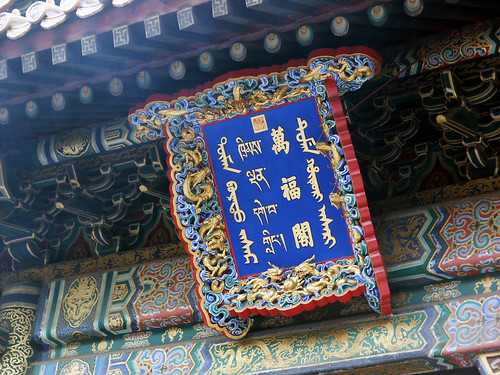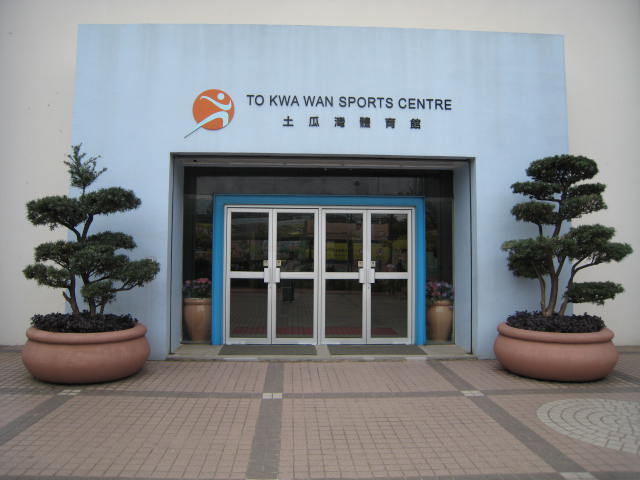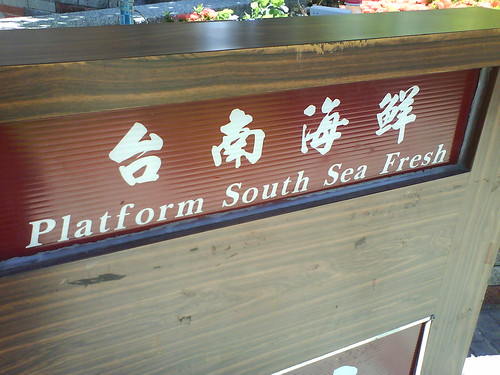- In the United States, people speak English to me. They won’t attempt in Chinese or Japanese just because I look like an East Asian. In France, people speak French to me. In Japan, people speak Japanese to me. So why must I speak English in Taiwan when speaking to foreigners? Chinese is the language of the land here, in other words, they bear the burden of speaking Chinese more than I bear the burden of speaking English. Therefore, Chinese has precedence over English. Conversely, if I were to work in the States, I’d speak English at work, even to those whose mother tongue is Chinese, when alone.
- If I were to automatically speak English to strangers of a certain demographics (say white people), the implication of such action is that these people are unable or unwilling to immigrate to Taiwan. In these days, district offices, township offices, and public schools in Taiwan offer activities to immigrant spouses of foreign origin. Most of the activities involve language learning. By doing so, it means the society accepts them, and has faith in their ability to integrate with the society. But if I were to skip over Chinese for strangers of a certain demographics, it implies that these people cannot be immigrants. Such subconscious assumptions, may it be that our society doesn’t accept them, or these people are unable or unwilling to immigrate, are not good.
Make no mistake, I do not oppose learning English. In fact, I encourage anyone to learn any language. That said, I must impart my personal experience of English learning. During the process, I witnessed how a dominating language slowly erodes a weak language. There was a time when I was active on Wikipedia. At the time I chose the English Wikipedia because editing the English Wikipedia makes the most impact. While doing that, I met editors around the world whose native language isn’t English. But they all joined the English Wikipedia for similar reasons, that was to maximize their contributions, or the Wikipedias in their languages were not mature enough. For these reasons, the English Wikipedia has become the largest, and is still growing at the fastest speed.
English is not the only language that benefits from being dominant. During the course of history, Chinese has also made other languages extinct. Soon after the Xianbei people established the Northern Wei Dynasty, they started sinicizing themselves. The Manchurians did the same after the founding of the Qing Dynasty. Now the Xianbei language is extinct, fewer than 100 can speak Manchu. The Han people never forced them to sinicize because the Xianbei and the Manchurians were in power at the time. They voluntarily did so. From this example, we can see how a dominating language rolls like a snowball.
I have made some Indian friends in the States. They told me that in India, some schools choose English as the medium of instruction, some choose Hindi, while some choose the local state language. I’m not sure which kind of school did my Indian friends attend, but I know many of them do not speak their mother tongues fluidly. They have to pause and think when I ask if they know how to say simple words like “math” or “taxi”. Most of the time, they communicate in English on Facebook, with occasional use of Romanized Hindi. I also happen to know many people whose native language is Chinese, who went to high schools or colleges in the States. They, too, often use English only on Facebook.
I encourage everyone to learn English. But I must remind everyone, the more you learn, the more responsibility you have to protect your native language.
Further reading: "我的孩子不會講中文" (My kid does not speak Chinese) by 張湘君 ISBN: 9867894219












































